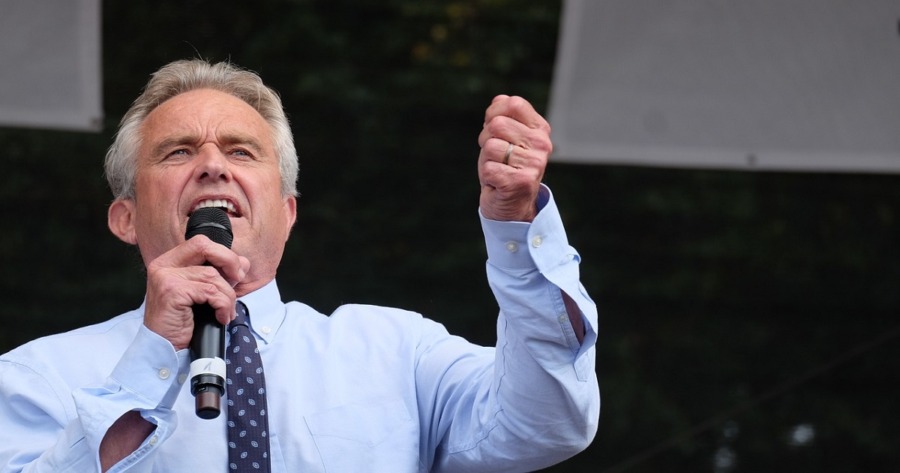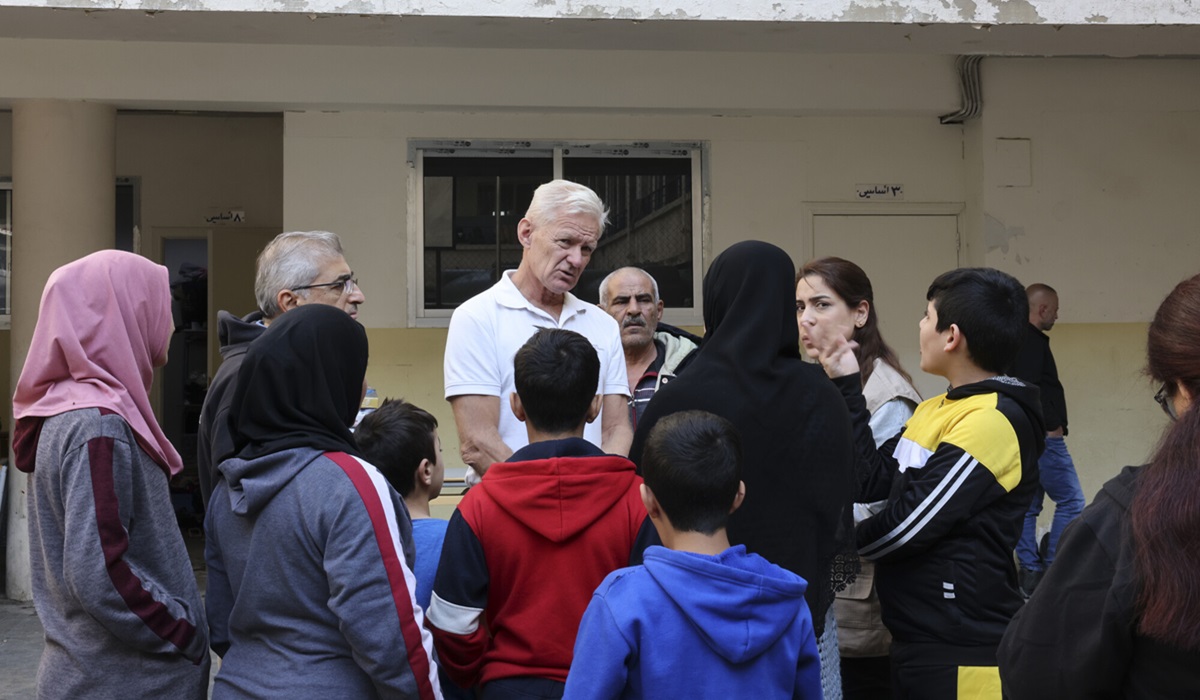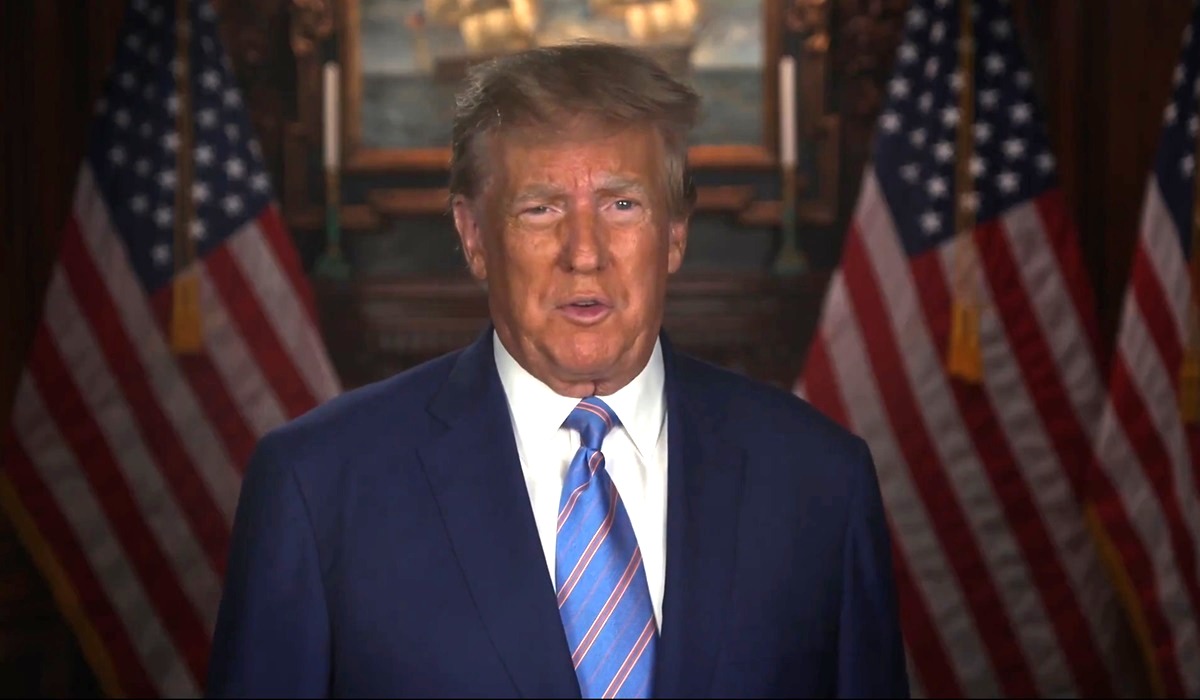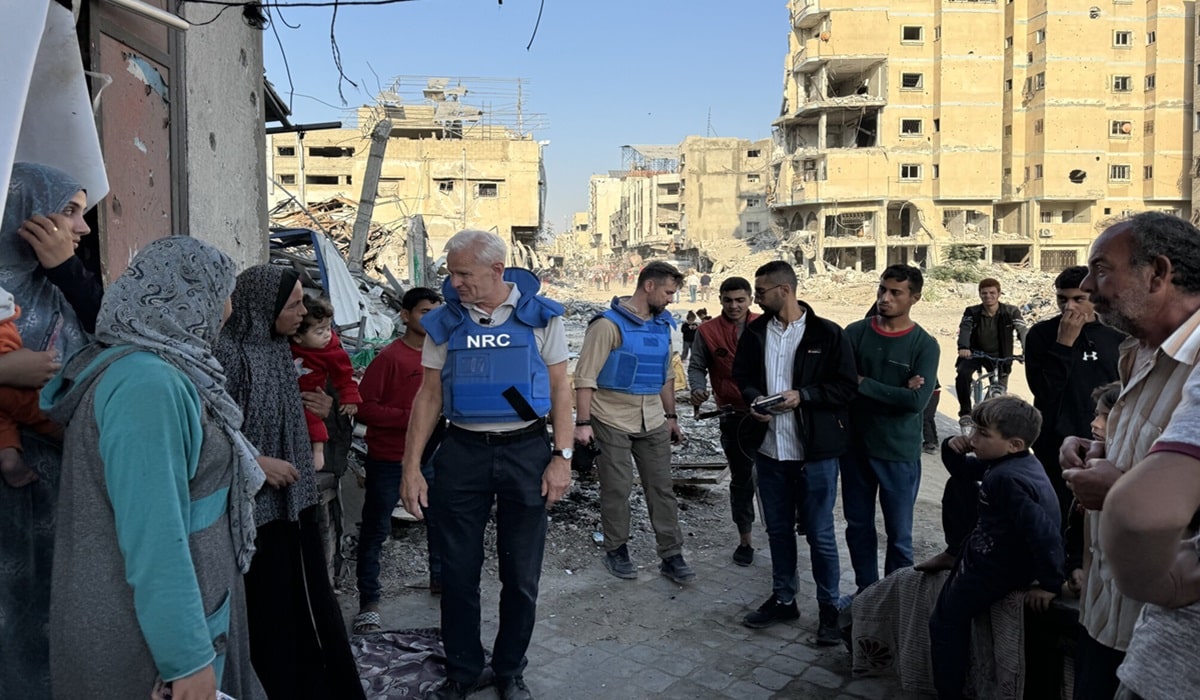Did NATO Quietly Invoke Article 5 Against Russia Without a Direct Attack on a Member Nation?
- TDS News
- Breaking News
- September 2, 2024
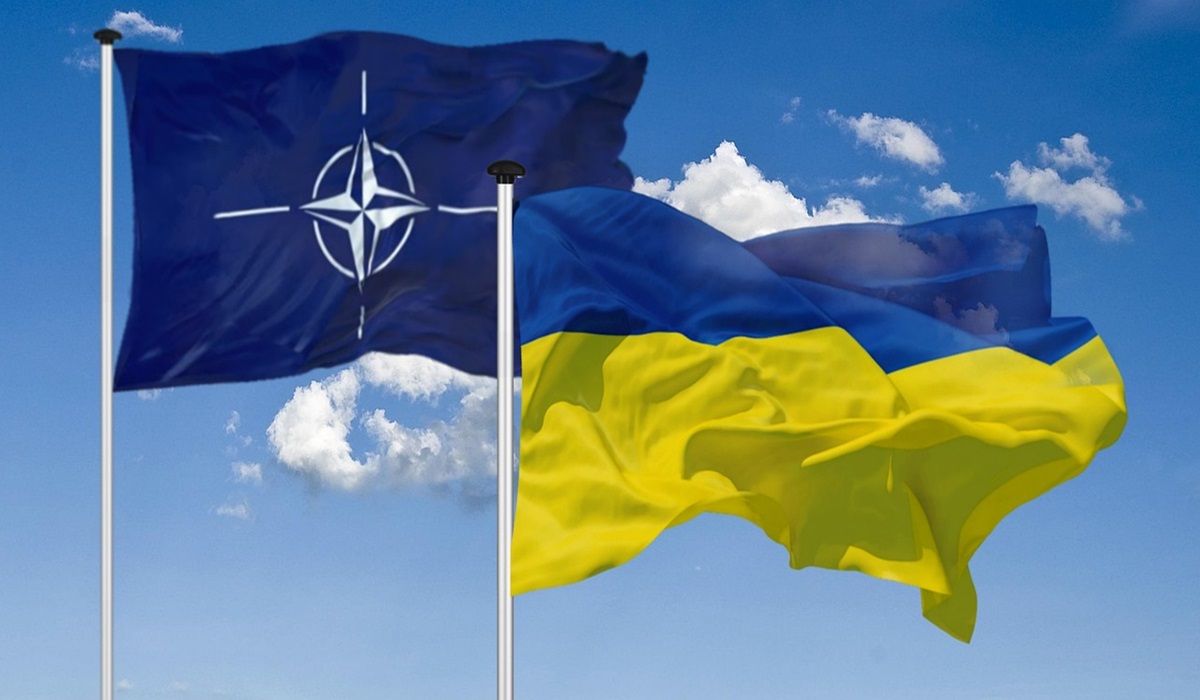
Image Credit, WiR_Pixs
The ongoing conflict between Russia and Ukraine has been painted by Western media as a battle where Ukraine, bolstered by billions in NATO support, is on the verge of victory or at least can win. Yet, a closer examination of the harsh realities on the ground suggests a starkly different narrative—one that is not just an inconvenient truth but a grim reminder of the costs of war and the limits of military support.
Reports emerging from various sources indicate that Ukraine is suffering catastrophic losses, with estimates of up to 2,000 casualties per day. These numbers reflect the brutal reality of a war that Ukraine cannot win, no matter how much Western powers pour into the effort. The Ukrainian military, despite their resilience and the aid received, is being systematically overwhelmed by Russia’s military. Total casualty figures on the Ukrainian side are staggering, hinting at the dire situation on the front lines. The idea that Ukraine will emerge victorious is not just improbable; it is impossible.
Beyond the battlefield, there is a broader concern: has NATO, in its pursuit to support Ukraine, quietly invoked Article 5 of its founding treaty? Article 5, which treats an armed attack against one NATO member as an attack against all, was designed to protect NATO members from external threats. But Ukraine is not a NATO member, nor has Russia attacked a NATO country. Officially, this is a war between Ukraine and Russia. Unofficially, NATO’s involvement has been deeper, more direct, and far more troubling than publicly acknowledged.
Intelligence sharing, the operation of advanced weaponry, and reconnaissance missions—these are not merely acts of support but direct involvement. Speculation even abounds that NATO mercenaries and soldiers, disguised in Ukrainian military uniforms, are on the ground. While these claims might seem far-fetched to some, dismissing them outright ignores the complexities and covert operations that often define modern conflicts. The truth is likely buried beneath layers of denial and secrecy.
This war did not erupt overnight; it is the culmination of years of broken promises and geopolitical maneuvering. When the Soviet Union collapsed, a key part of the understanding was that NATO would not expand eastward, and Ukraine would not become a NATO member. However, under successive U.S. presidents, NATO has expanded, encircling Russia, provoking a sense of encroachment that Russia could no longer tolerate. The invasion of Ukraine by Russia should have never occurred, but to claim it was unprovoked is disingenuous.
The Donbas region, predominantly populated by ethnic Russians, sought independence through a referendum, aspiring to become an autonomous region aligned with Russia. Yet, despite their wishes, Russia did not immediately annex them, a restraint that speaks volumes. There was also a deal on the table before the war began—a deal that could have averted the conflict. Russia would not send troops into Ukraine if Ukraine agreed not to join NATO and the Donbas region’s autonomy was respected. But with encouragement from the U.S. and figures like Boris Johnson, Ukraine rejected this deal, sealing its fate.
Further complicating the narrative is the United States’ history of meddling in Ukraine’s political landscape. The CIA and Obama administration’s role in overthrowing the previous Ukrainian government, which was more aligned with Russian interests, is part of a long pattern of American interference in foreign governments. This is not a conspiracy theory; it is a documented strategy, one that has been employed in countries around the world where the U.S. seeks to install leaders sympathetic to Western interests.
The grim reality is that NATO and the U.S. are fully aware that Ukraine will not win this war. The objective now is not victory but inflicting as much damage on Russia as possible before the inevitable withdrawal. The billions of dollars being funneled into Ukraine come with a heavy price. Ukraine is now indebted to the West in ways that go far beyond monetary aid. The country’s natural resources, its future infrastructure, its very sovereignty—these are now assets controlled by Western powers.
Ukraine’s post-war reconstruction, whenever it happens, will be dictated by Western contractors and investors. The Ukrainian people, who have fought so valiantly for their country, will find themselves at the mercy of foreign interests. Their land, their resources, and their future are no longer theirs. This is the reality that has been written over and over again, not just in Ukraine, but in countless nations where Western intervention has left behind a trail of debt, devastation, and domination.
As the war grinds on, the eventual outcome becomes clearer. Russia will likely annex parts, if not all, of Ukraine. NATO will withdraw, leaving Ukraine in ruins, saddled with debt for generations. Hundreds of thousands of Ukrainians will have perished, and the resources that once belonged to the Ukrainian people will now be in the hands of foreign powers. This is not a war of liberation or victory; it is a war of attrition and exploitation. The truth is as bitter as it is undeniable: Ukraine is being consumed in a conflict it cannot win, and the consequences will echo for generations to come.




